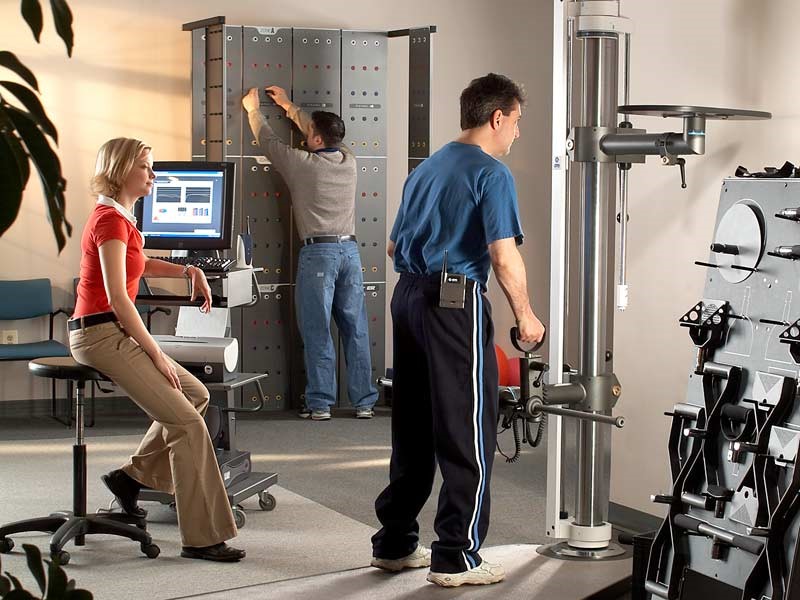A functional capacity evaluation (FCE) stipulates a client’s ability to carry out activities from a medical, physical, medical, behavioral and ergonomic point of view. It involves a combined set of tests, observations, and practices that are used to gauge the capacity of a client to function in an objective manner. The FCE helps to determine work readiness and offers vital information for successful rehabilitation.
FCE are of two types according to the United States Social Security Administration; the Physical Functional Capacity Evaluation (PFCE) that determines physical functioning and the Mental Functional Capacity Evaluation (MFCE) that determines mental and emotional capacity. The United States Social Security Administration has its FCE known as the Assessment of Disability. The latest FCE model is the World Health Organization’s International Classification of Functioning, Disability, and Health.

Purpose of FCE
The FCE provides details on prognosis and occupational rehabilitation measures that are applicable. It determines fitness to perform work during an extended period of medical leave. It can also be used to spot changes in employee workload or adjustments to working conditions to assist an employer in the decision of accommodating an employee with a medical condition or disability.
FCEs may be required by the law before an employee returns t work and also insurers before payments of insurance are made. They are sometimes used to identify qualification for disability insurance or pension if the employee is unable to work again.
People can benefit from an FCE when:
Applying for Security Disability benefits
Searching for vocational rehabilitation services
Determining an employee’s capability to return to work after work related injuries
Students receive transitional services from school to work setting to determine their skills and the extent of support required to perform a job
Seeking to return to work after illness or injury.
Components of the FCE
The components depend on the reason for assessment. The process commences with a client interview, medical record preview and then musculoskeletal screening. Functional testing involves graded material-handling activities like pulling, pushing, carrying; and position tolerance activities like crouching, standing, walking, hand grasping, hand manipulation and many more. These work conditioning offered at Work Hardening Suitland Maryland are significant.
Pain monitoring is usually done during the FCE to file client’s levels of pain during different activities and also to deal with the pain. Assessment of a client’s hand coordination, endurance, hand dexterity and various job-specific tasks are part of the FCE.
FCEs are performed on a one-on-one basis and may last for 4 to 6 hours in 2 successive days or more.
Referral for FCEs
People are typically referred for FCE by physicians and their assistants, nurses, attorneys, employers, insurance representatives or other therapists. Some people refer themselves to FCEs, but a referral may still be needed for compensation.

